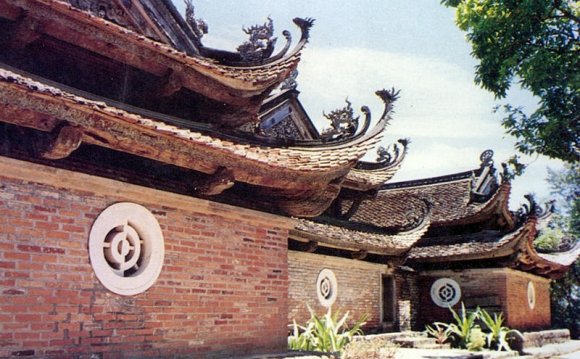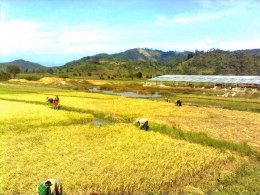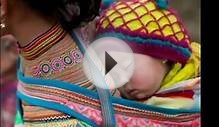
Rice is an integral part of life in Vietnam. Vietnam is a farming nation with eight off ten Vietnamese surviving in rural areas and making their particular lifestyle by growing rice. Numerous Vietnamese individuals state their nation appears like two rice baskets placed at two ends of a-pole.

Rice is a staple meals for 1 / 2 the world’s population and its cultivation is dated right back some 7, 000 years back in Southeast Asia. Its a symbol and in addition part of ceremonies and offerings. It’s one of the more essential meals plants worldwide and a significant part of Asian tradition.
You will find numerous of rice types. Rice is a cereal grain related to oats, rye and wheat. It comes down in white, brown, purple, black colored or emerald. Its grains could be either brief or lengthy, and thick or thin. Rice mainly develops in flooded fields (it takes a continuing way to obtain liquid) and it is known as lowland rice. In countries in which there is certainly a great amount of rainfall, rice might be raised on hills and is called upland rice.
Lowland rice, known as wet rice, is one of common types in Southeast Asia and that can be planted in two or three crops a-year. Seedlings tend to be raised in nursery beds and transplanted after 25-50 days to flooded areas surrounded by the soil raised border. The paddy stem is submerged in two to six ins of liquid together with seedlings placed in rows roughly a foot apart.
As soon as the leaves associated with rice stalks start to turn yellowish the paddies are drained and dried when preparing for the harvest. Vietnamese farmers reap rice by making use of sickles to slice the stalks. Chances are they link the stalks together and dry all of them.
Threshing separates the grain from rest of the plant. Frequently it's done mechanically and quite often individuals or creatures trample the sheaves. After threshing the rice is prepared for milling. In the event that rice is certainly not entirely dry it is spread-out on communal yards or highways to dry in the sun. Rice dryers are popular in some areas today. Milling eliminates the husk from the kernel. Often the process also strips from the bran layer containing all the nutrients. Brown rice still has its bran layer.
There's nothing lost in rice processing. It could be changed into sets from report to pudding. It’s steamed, puffed and flaked. It can be used to create noodles, wine, makeup and cooking oil. Although the kernels tend to be eaten, the stalks are available into a straw and useful for making shoes, hats, baskets, ropes, brooms and thatched roofs. The hulls offer gasoline and fertilizer.
Regardless of the destruction due to natural catastrophes, rice production keeps increasing in Vietnam throughout the last 14 years, with bumper harvests recorded year-on-year.
Vietnam’s significant breakthrough in farming arrived in 1989 when the nation had a record result of 18.9 million tonnes of food in term of paddy while yearly production could not surpass 17 million tonnes when you look at the 1981-1985period.
YOU MIGHT ALSO LIKE












